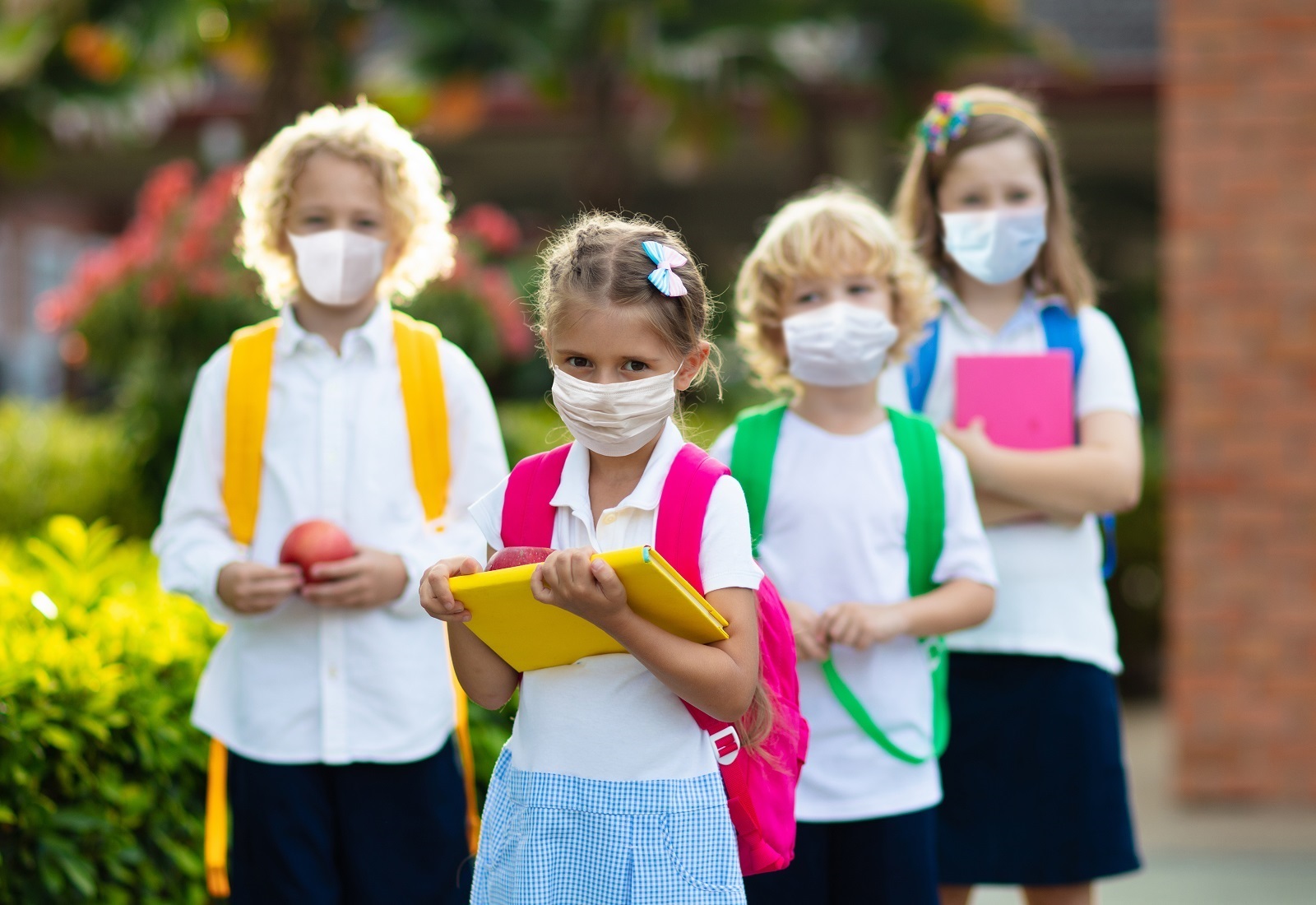Insights
Challenges of Education Post COVID-19

By Esraa Ali
During the year 2020, the education systems in the world witnessed unprecedented turmoil due to the Corona pandemic, so most schools and universities in the world closed their doors to students. Over the course of a year, students from all over the world replaced their classrooms with a small corner in their home dedicated to studying, with the aim of adapting to the new reality in light of the closure of schools due to the spread of the Coronavirus.
Robert Jenkins; Global Director of Education for UNICEF, points out that the efforts made by many governments to reach pupils during the closure have been outstanding and productive. He also added that we have evidence indicating that education has been provided for pupils who had no access to education when schools were open.
Distance Learning
E-learning combines distance education and education in the classroom through modern means and mechanisms of communication, such as computers, networks, and multimedia, with the aim of reaching students in the shortest time and with the least effort. It is expected that this educational pattern will prevail in most educational institutions around the world in the foreseeable future since it uses audiovisual materials and digital libraries. At the Arab level, according to the “Dubai Future Foundation”, the size of the educational technology market in the United Arab Emirates will exceed 40 billion dollars by 2022.
Distance Education Challenges
Despite the many advantages of distance education, such as ensuring the ease of access to educational content regardless of the border barrier, saving time, solving the crisis of high in-class density, and reducing the financial burdens that families allocate for spending on education (public or private school transportation, purchasing school supplies), there are still many challenges facing this type of education as follows:
1. Since distance education is different from traditional education, both the evaluation examination systems must differ in terms of setting a strict control system to ensure that the evaluation is done in a correct manner, and to ensure that those exams are performed by the student himself and not by anyone else.
2. As we lack awareness of distance learning, there is a need for a review of our perceptions of education.
3. Reaching out to increasing investments in the development of infrastructure and technology for educational institutions, especially in rural and poor areas, which facilitates and ensures the flow of information between learning networks to an adequate extent.
4. Revisiting the role of the teacher.
5. Transcending the concept of providing education to the concept of quality associated with modifying and developing curricula, and holding training courses for faculty members in schools and universities to manage curricula according to the formula that each country will adopt, whether it is distance education or hybrid education.
6. Developing scientific skills, enhance creativity, promote collaborative work, boost the ability to communicate and work in groups, and promote openness to the world and other cultures.
7. Concluding agreements and building partnerships with some advanced universities to provide training and distance education and to exchange experiences and information, which in turn contribute to developing and raising the scientific and practical level of the members of the scientific body and graduates.
8. Creating motivation for the learners , developing a culture that supports e-learning, ensuring a good planning for the school day, organizing the educational program and paying attention to sound and visual effects, in addition to identifying expectations properly in order to avoid the psychological and social effects that e-learning leaves on students, teachers and parents.
Looking ahead, it has become clear that digital education has become a strategic choice for every country that consciously appreciates the importance of the educational sector in the prosperity and development of society, and has also become an indispensable alternative in exceptional circumstances, as it is now to face the repercussions of the pandemic.






